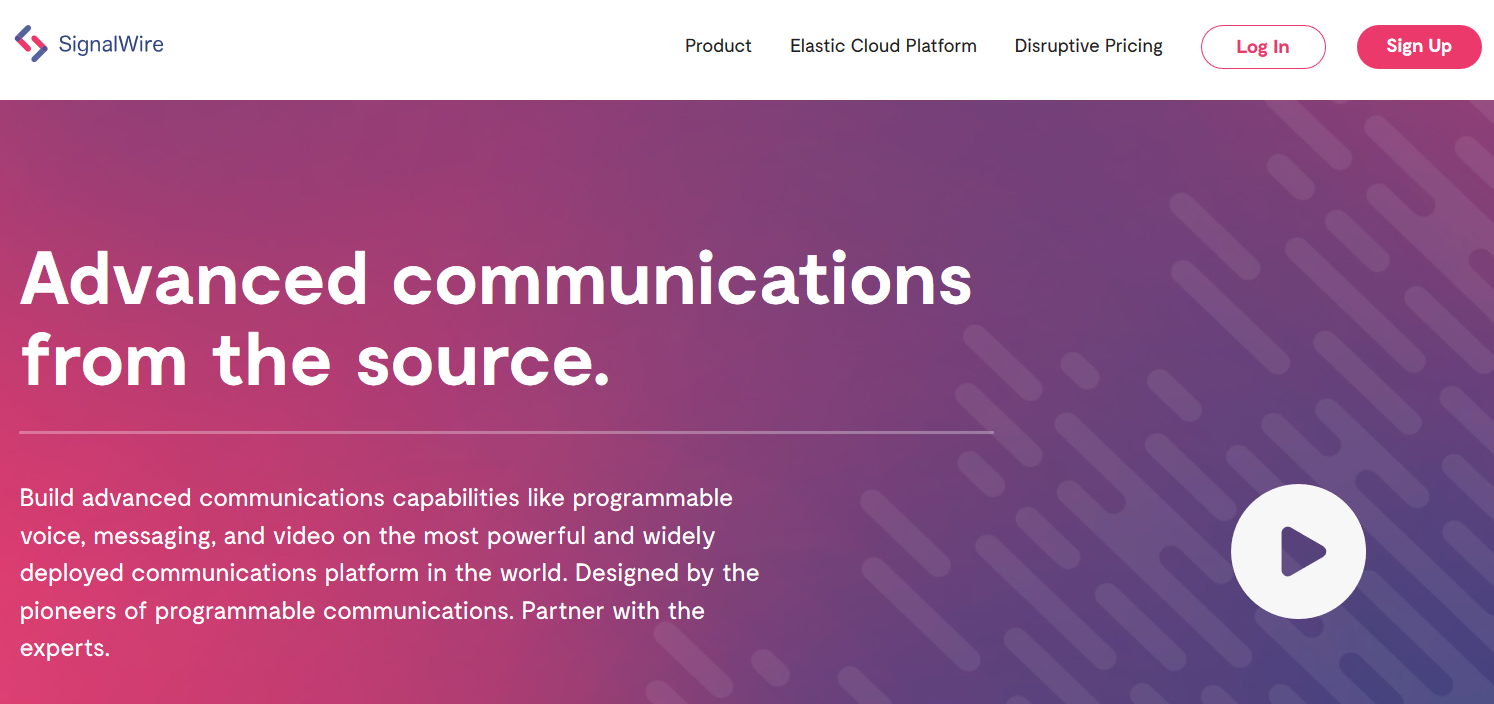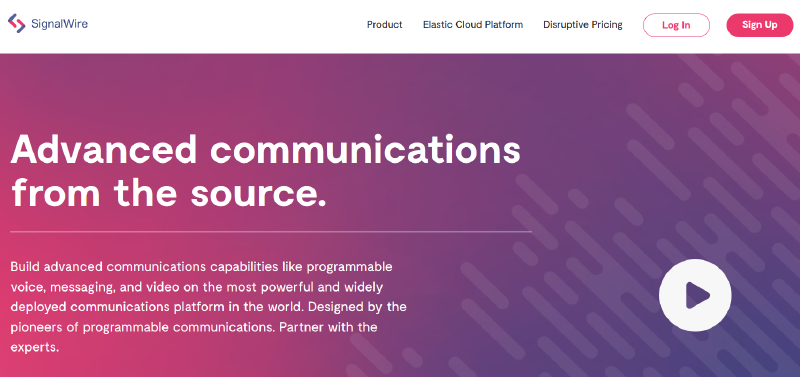I’ve used Fongo here in Canada for many years – it’s a free VoIP calling app with coverage to most of Canada, cheap long distance elsewhere, and paid SMS capabilities on top of all that. Since my cell phone long distance rates and roaming rates are quite high, it’s been my go-to when I need to call out of the country, or when I’m traveling and want to keep in touch back home by WiFi surfing rather than roaming. I’ve also found myself increasingly using that number for calling and SMS when dealing with online classified ad sales – I’ve met far too many weird buyers and sellers to want to continue with people knowing my personal cell number when I’ll never meet them again.
My annual cost on Fongo ran about $20-25 or so – that would be 2x 6 month Canada SMS packages, and one $5 long distance voucher (which would usually last way longer than a year anyway – it doesn’t expire). Not bad, it’s about half the price of what I pay for one month of regular cell phone service. I had a Fongo phone number in another city too, but the app doesn’t support multi-accounts so I’d only ever keep SMS and long distance credit on one of the numbers.
Can I do VoIP and SMS cheaper?
For very casual use, I still felt $25 a year was too much, plus I wanted to be able to switch between what number I used depending on where I was traveling. I looked at VoIP.ms, which would give me cheaper calling and texting for my numbers (at the expense of having to pay for local minutes within Canada now), but the monthly DID cost wouldn’t put me much further ahead by years end. I love optimizing my expenses, so the hunt continued for a way to do this cheaper.
I stumbled across SignalWire by accident, but was glad I did. SignalWire is a programmable communications provider, much like Twilio who are the big player in this space right now. Phone numbers, phone calling, SIP, SMS, and some crazy flexible APIs make up the heart of what SignalWire is made of. With such flexible APIs, SignalWire gives you a way to connect calling and SMS into virtually anything you can dream of, and at groundbreakingly low prices too – nobody can beat these guys on price that I was able to find.

Check out their price page for an idea of what I’m talking about! This is where SignalWire will get confusing for the less technical users – you have to understand how these types of communications providers work and price their services to understand what numbers you may need to add together to get the final price you’ll pay. Let me break down three scenarios I am currently using them for below. All of these scenarios assume Canadian calling and texting, as that accounts for 99%+ of my usage. I won’t bore you with pages of numbers to breakdown every possible combination of usage, you can do that math yourself.
Phone Number Parking + Forwarding
Port In (Transfer In) Phone Number: FREE
Monthly Phone Number Cost: $0.08 USD/month
Call Forward (Inbound leg to SignalWire Number): $0.00255 USD/minute
Call Forward (Outbound leg to my cell): $0.0065 USD/minute
So if you add up the inbound and outbound call legs that need to happen for a call forward to take place through a number at SignalWire, I’m paying $0.00905 USD/minute. Let’s round that up to one penny per minute to make things easy.
Now, let’s put that into a recognizable unit of measurement: for $1 I could have 100 minutes of call forwarding, or around 1.5hrs time. That’s a lot of time to spend on the phone for me personally, so I would doubt I will ever hit 1.5hrs in a year of call forwarding this number for only casual personal use.
Phone Number VoIP/SIP Calling
Port In (Transfer In) Phone Number: FREE
Monthly Phone Number Cost: $0.08 USD/month
Inbound Minutes: $0.0025 USD/minute
Outbound Minutes: $0.0065 USD/minute
SIP Connectivity: +$0.0007 USD/minute on top of in/outbound usage
So when you’ve setup a number to route calling through SIP so you can use a VoIP app or VoIP PBX like Asterisk or 3CX, that SIP connection will add another small fraction of a penny each minute on top of your per minute rate.
Breaking this down into some recognizable units again: $1 would get me about 312 inbound calling minutes on SIP, or $1 would get me about 138 outbound calling minutes on SIP. Keep in mind that compared to my previous example, the call forward, the minutes are much higher here because a call forward is using both inbound and outbound minutes at the same time to pass your call through SignalWire. An alternative to call forwarding would be to just keep a VoIP app on your mobile device and answer calls directly on SignalWire through that, rather than forwarding them along to another number.
SMS/MMS Messaging
Port In (Transfer In) Phone Number: FREE
Monthly Phone Number Cost: $0.08 USD/month
Inbound SMS: FREE
Outbound SMS: $0.0009 USD/message
Inbound MMS: $0.01 USD/message
Outbound MMS: $0.015 USD/message
Canada Outbound SMS Carrier Fee: $0.0075 USD/message
Canada Outbound MMS Carrier Fee: $0.0210 USD/message
That’s a lot of numbers, and I’ll admit that the messaging pricing did confuse me too. Basically, the “Canadian” SMS and MMS rates advertised are only SignalWires rates, and at the verrrrry bottom of the pricing page you’ll find those carrier fees that are added on top of every message you send in Canada. So to some extend, the advertised Canada messaging rates are a bit “too good to be true” – I wish they’d just bake the carrier fees into the advertised rate, instead of making it more confusing.
Again, let’s put this in some recognizable units. For $1 I can send 119 SMS messages. Receiving SMS is free, so that is unlimited in essence. That same $1 if used purely for MMS would get me 32 MMS sent, or 100 MMS received.
The monthly phone number cost is per number, not per service. So I’m only paying 8 cents a month once for the same number I use for both call forwarding and SMS/MMS.
How do I text?
Given that SignalWire is definitely aimed more at business than personal use, they intended that people wanting to use the service will be using the APIs to integrate messaging into things like web apps or cloud services, so they don’t have a drop in texting app that you can just install on your phone along the lines of what Text+ or Fongo would offer. But, a small company called Textable has you covered there. Textable has Android, iOS and Web apps available for free which support SignalWire as a provider. The apps are simple, sleek and work effortlessly. This gave me what I needed for personal messaging through SignalWire. I’ll admit, I probably wouldn’t be using them for SMS/MMS if I had to custom program my own app to do so.

Can I use this for my Home Phone?
Absolutely! Since SignalWire supports SIP connections you could buy an inexpensive ATA (Analog Telephone Adapter), connect that to your home router, and either connect a cordless phone base directly into the ATA or wire the ATA into all your home phone jacks very easily too. Given how rarely a lot of people use home phones these days, this allows you to ditch the expensive home phone plans every month and only pay for what you use! If you don’t use the phone at all that month, well, you’re only paying that $0.08 DID cost for the month! For someone that isn’t quite ready to ditch the traditional home phone yet, you can at least ditch those expensive legacy phone plans and drive costs down significantly with a VoIP line! At the low per-minute rates of SignalWire, you’d have to talk for hours and hours to ring up a bill anywhere near what you were probably paying your old provider (we’re talking thousands and thousands of minutes each month!).
Final Thoughts
No matter where you go for VoIP, it’s almost always significantly cheaper than traditional phone lines, and cheaper than any phone service you could get from the large incumbent telecom providers. What I’ve done here is strayed away from the large mainstream VoIP providers to show what’s possible, and also how much more you can save, if you’re willing to roll up your sleeves and get technical with a provider like SignalWire. Providers like SignalWire also allow SMS messaging, which open doors like giving you the ability to have a secondary mobile number, or to park a number you want to hold onto, or even to have SMS on your “home” phone number because you could have a number tied to a home ATA for your home phone, and that same number in use in Textable for SMS/MMS messaging.
Are you doing anything cool with VoIP or SignalWire? Drop a comment below!
